How can TERAO help you to assess your carbon footprint? Discover this case study for an automotive- and solar-related company in China, ARaymond China. We will introduce the methodology step by step through different articles and we will even share some feedbacks from the customer!
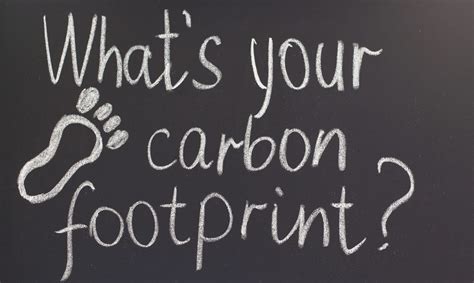
Without further ado, here is the first step: setting up boundaries and data collection!
ARaymond Group is an international company with headquarters in France and several branches in China, USA, India etc. They have decided to reduce their carbon footprint in line with the Paris Agreement. To be able to reduce the carbon footprint, one must first know the quantity of carbon emissions due to their activities.
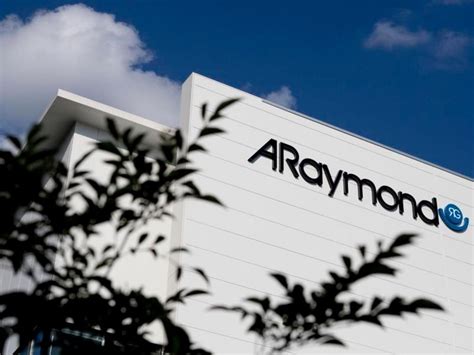
TERAO team was appointed by ARaymond China as a carbon footprint specialist to assess their carbon footprint and help them set up a preliminary roadmap for carbon emissions reduction.
Methodology
The main steps of the carbon footprint calculation and carbon reduction action plan establishment are:
- Step 1: Set up boundaries – what to include in the carbon footprint calculation? – and Data collection – which data to collect? which data is available?
- Step 2: Quantification – calculation of the footprint
- Step 3: Carbon emissions reduction Roadmap – how to reduce the carbon emissions?
In this project, TERAO used the method described in ISO-14064 and GHG Protocol. This method proposes the definition and implementation of a GHG progress, assessment and reduction approach for organizations. Its purpose is to enable the estimation of greenhouse gas emissions resulting from the physical processes necessary for the company activities, wherever these processes take place, in order to think about ways to limit these emissions.

Phase I – Boundaries and data collection – feedback from the client
A key stage of the carbon footprint calculation is to define the baseline year of the carbon footprint calculation, and which Scope and Categories to include or not, as defined in our “Carbon footprint methodology” previous article, if you would like more information.
Here is the feedback from our client, ARaymond China, especially, Ms. Wen Xiaoyun, Administration Manager and Mr. Miao Shuangsheng, Facility Manager, who both participated in Step 1.
1-How were the boundaries set for your company? How was the baseline year set?
Mr. MIAO Shuangsheng (MSS): Because it has been the first year we were doing the carbon footprint exercise, we wanted to discover firstly the implication of all the departments and all the categories to be able in the future to fine-tune the categories to take into account. Thus, Scope 1 and 2 were included as they should always be, and all the categories in Scope 3 have also been included, after an explanation from TERAO about what they imply.
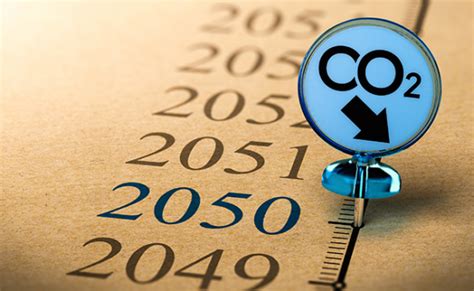
The base year and target year need to be set by the company
WEN Xiaoyun (WXY): Our company has already set the baseline as the year 2019, as it was deemed more representative than the year 2020 (COVID-19 period).
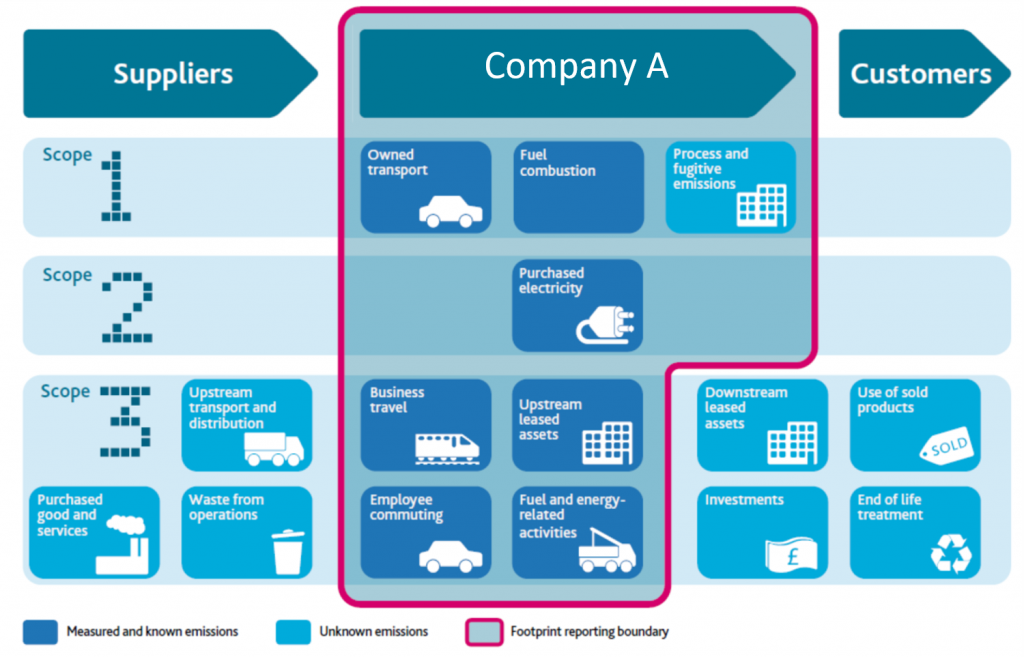
Example of boundary setting for carbon footprint calculation
2-After setting the boundaries, data has to be collected from each department. Could you tell us what facilitated, or on the contrary, made the data collection process difficult?
MSS: For my side, as my motto says: Nothing is too difficult if you put your heart into it.
WXY: In the process of data collection, we realized that there is a lack of knowledge about carbon neutrality for some employees, suppliers and other stakeholders, and this will reduce the accuracy of data collected. Many people think carbon neutrality is none of their business and should be a matter of corporate or even national politics.
Meanwhile, the incomplete communication of information and the complicated process also added some difficulties to our collection work. However, with the gradual improvement towards digitalization of working methods, such as the application on WeChat mini program, or our internal Business Process Management system, information collection will be greatly optimized, so that we can get more comprehensive and accurate data.
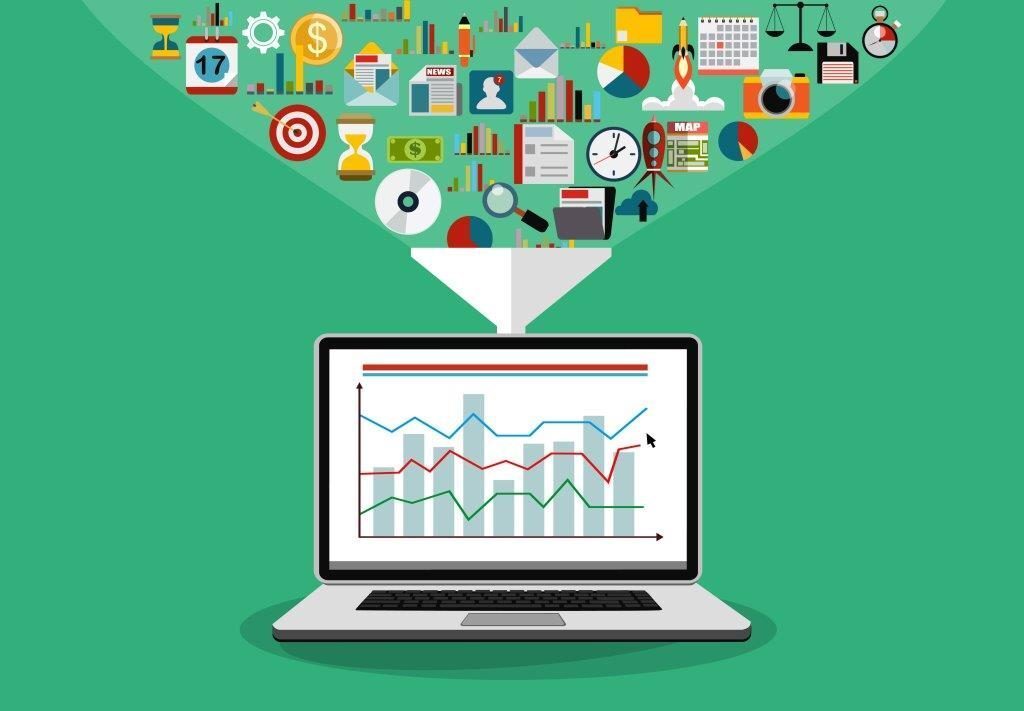
3- Did the data collection process make you look at the way your company operates in a different way?
MSS: The data to be collected from my part are data that I usually need to collect for the good operation of the factory, such as energy consumption, refrigerant change quantity, etc. The data collection process, makes us discover that not only all these data are important for the GHG calculations, but all my other colleagues work and data are important. We have to work on this together.
WXY: Yes, the process of data collection for the carbon footprint purpose will make us more concerned about global environment and the impact of our company on GHG emissions, even with things indirectly linked to our company, such as commuting means of our colleagues, IT equipment, kitchen, the business travels from our company colleagues but also from our customers, the materials used by our process.

4 – In the future, how do you think this data collection process could be improved?
MSS: I realize that to be more efficient in the data collection process, we would need a more automatic way to collect energy data. Also, the data collection process will be more efficient when we understand better the context and the purpose, with more direct communication if necessary.
WXY: The first step is always the most difficult step. At present, we should go on with training to understand as much as we can about carbon neutrality, why we need to become carbon neutral, etc. After answering this basic question I know this can start from myself, and that step by step, altogether we could have a greater impact, and to the benefit of human beings. Meanwhile, we will also try our best to optimize our data collection methods in the future, so as to avoid additional workload and achieve complete data collection.
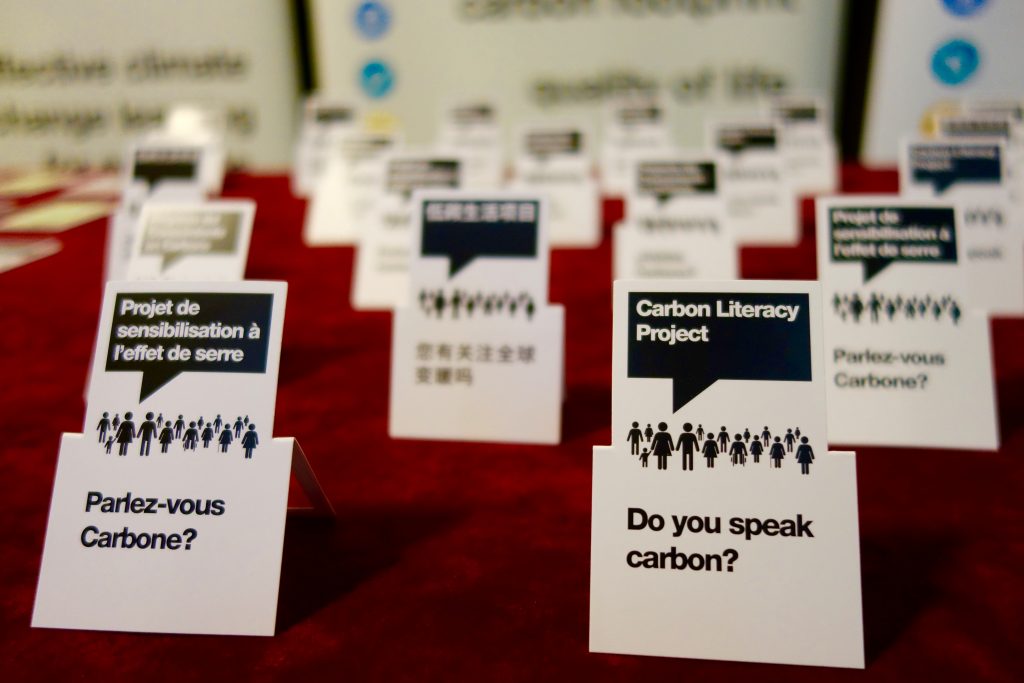
Big thanks to Ms. Wen and Mr. Miao for their time and feedback on their experience of Step 1 of a carbon footprint calculation. Stay tuned for the next Step interview about Carbon Footprint calculation!
If you need a carbon footprint assessment of your asset, you can contact our BD manager Gaspard at glemoinescelles@teraoasia.com. We would be glad to accompany you to assess your assets carbon footprint, to take the right decisions on how to reduce it and implement an action plan.

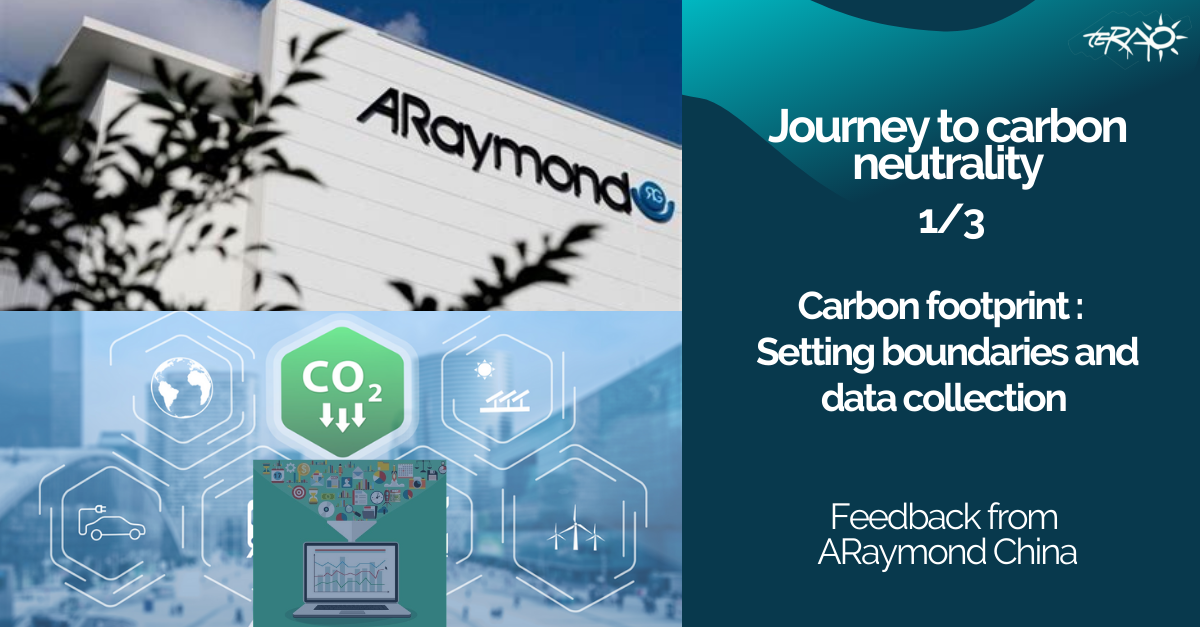
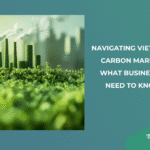
![[Case Study]Boosting Productivity and Safety Through Optimized Factory Comfort](https://teraoasia.com/wp-content/uploads/2025/09/Cover-photo-150x150.png)
Leave A Comment